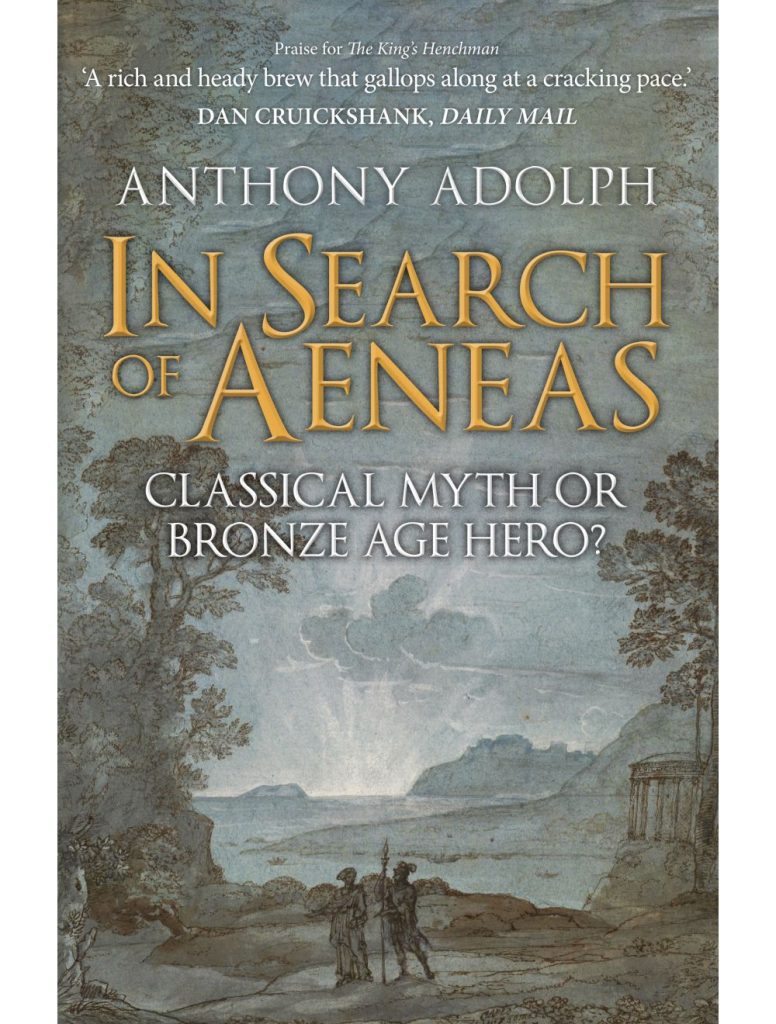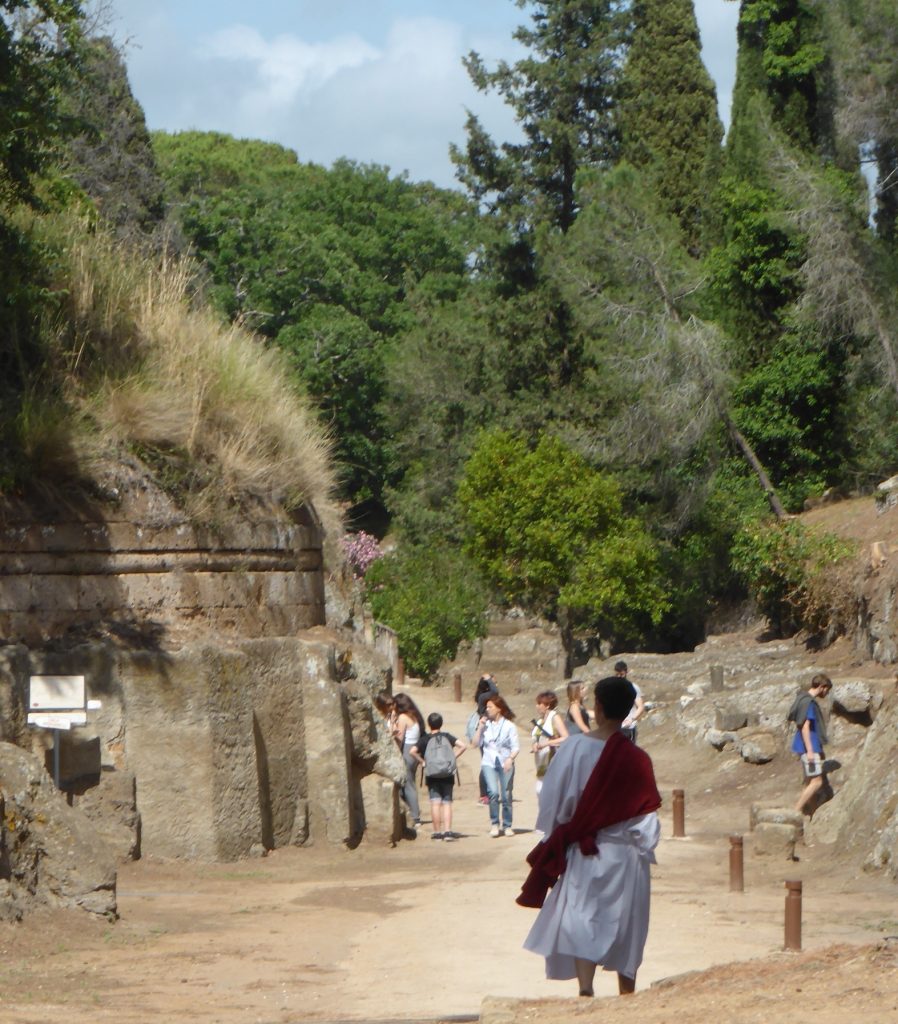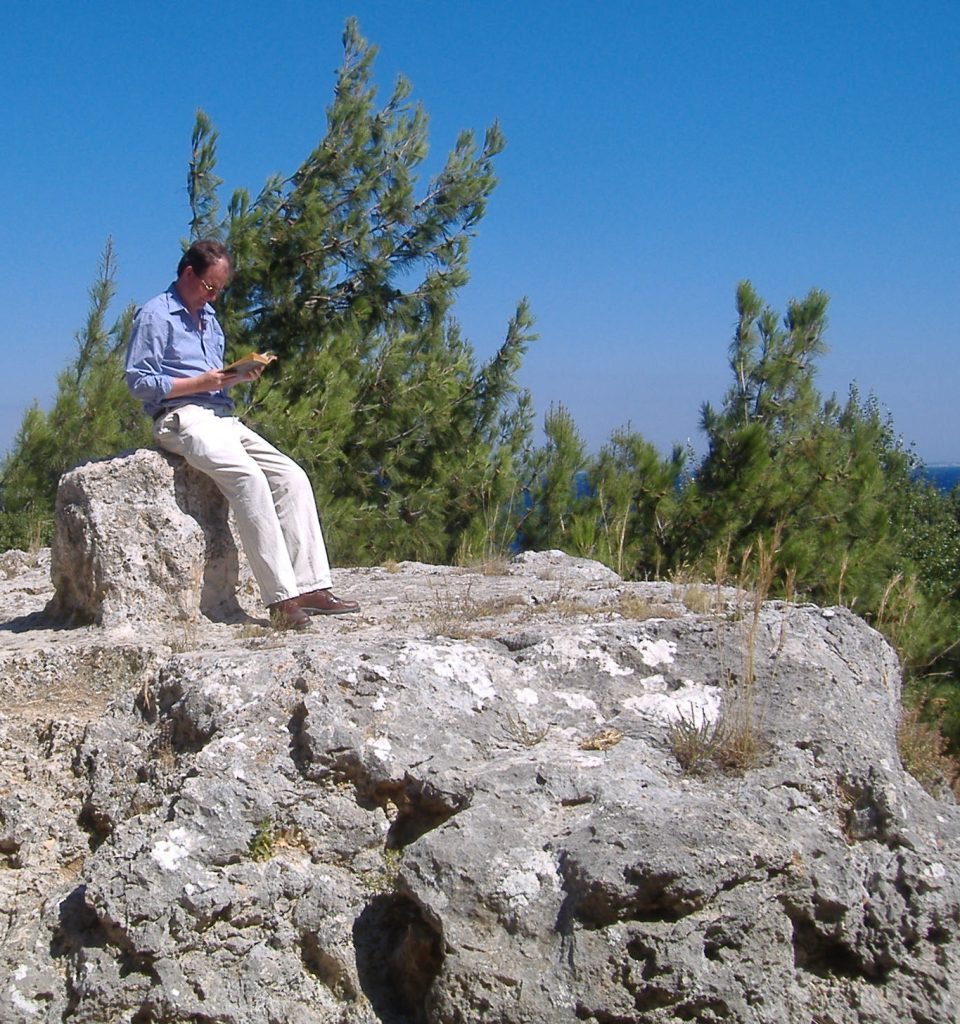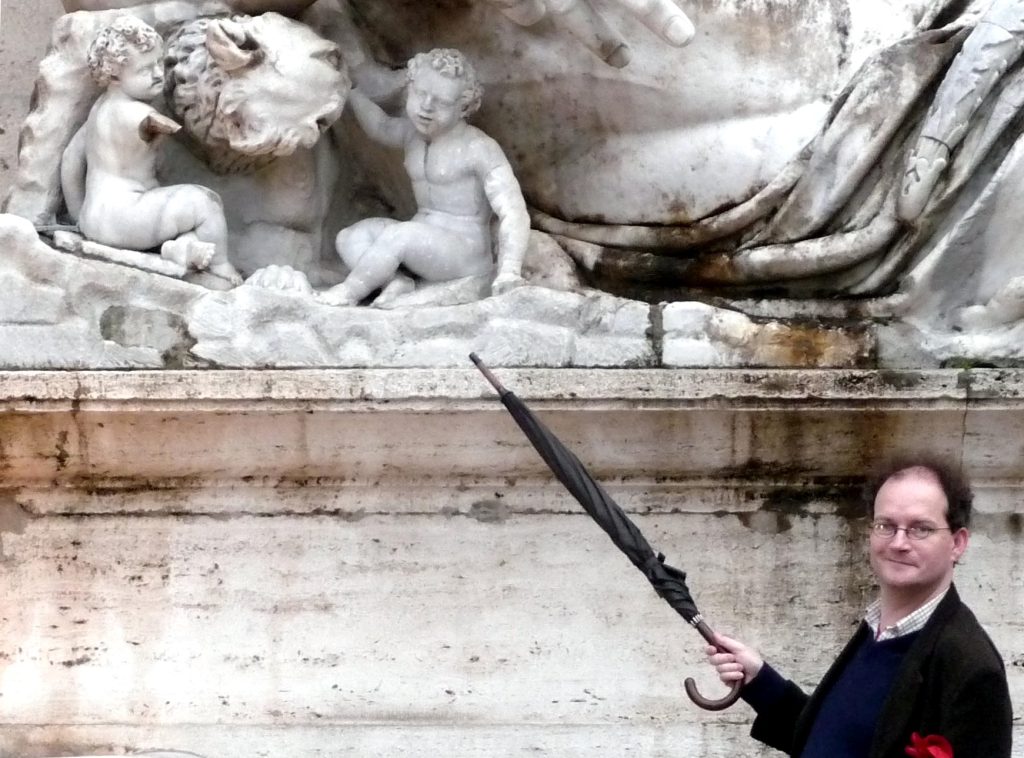

This is to introduce my biography of Aeneas, written and researched over the last two decades and published last October. Throughout the process, I was aware of how much Aeneas is taught in schools, colleges and universities, particularly his important role as one of the leading defenders of Troy in Homer’s Iliad, and as the hero of Virgil’s Aeneid, but he also appears elsewhere – in Quintus Smyrnaeus’s The Fall of Troy; the early Roman history section of Dionysius of Halicarnassus’s Roman Antiquities, and the fragments of Gnaeus Naevius’s Bellum Punicum, to name but a few, and of course his myth was pivotal to the rise of Rome and the self-image of the first Caesars.

As teachers and students, you often need to focus on pieces of literature that shine a spotlight on one section or aspect of Aeneas’s life, but finding clear, readable accounts of his whole life is difficult. There is P. Hardie’s The Last Trojan Hero (2014), and G.K. Galinsky’s Aeneas, Sicily, and Rome (1969) of course, the first superb for showing how influential the Aeneid was in western culture and the latter equally important for the way Aeneas’s myth underpinned the rise of Rome. But neither cover Aeneas’s whole life, from his conception on Mount Ida, as described in the Homeric Hymn to Aphrodite, down to his apotheosis to Mount Olympus, as related in the ‘mini-Aeneid’ at the end of Ovid’s Metamorphoses.
My book seeks to describe and explain Aeneas’s life from end to end, based always in the Classical sources, but coloured along the way by later writers’ imaginative additions, such as Aeneas’s appearances in Shakespeare’s Troilus and Cressida, and Cyril Connolly’s The Unquiet Grave. Along the way, I have included explanations of how and why his myth evolved: it is possible that the original Aeneas was a real Anatolian king, whose part in a real Trojan War ended up in the oral tradition that underpins Homer’s Iliad. But his journey to Italy was pure fiction, spun up first to denigrate Rome (by tracing its origins to a failed refugee) and later to glorify it (by tracing Rome’s origins back through Aeneas to the Trojan kings, and Aphrodite). In the book I have also included my experiences doing what I know so many Classics teachers do, or want to do – visiting the ancient sites connected with Aeneas, from Troy all the way to the ‘Lavinian shore’ of Italy: I found that such visits were incredibly useful in understanding how Aeneas’s myths were formed.
Allow my book In Search of Aeneas to be Virgil to your Dante, leading you through the entire, golden life of this extraordinarily important figure from Classical mythology.

Anthony Adolph
https://anthonyadolph.co.uk/in-search-of-aeneas/



